The porcelain factory of Capo di Monte (or Capodimonte) was founded in Naples in 1743 thanks to the support of King Charles of Bourbon, future Charles III of Spain. The manufacture, dear to the heart of the king of Naples and his wife, Marie-Amélie de Saxe, produced mainly a soft porcelain statuary inspired by Meissen porcelain. In the 18th century, its production is of rocaille style. The departure of Charles III for Spain in 1759 caused the gradual decline of the royal manufacture and the rise of secondary workshops. Ferdinand IV, the new king of Naples, removes the privilege of manufacture. It was at this time that the production became in hard porcelain and was inspired by the excavations at Herculaneum as well as at Pompeii, ancient cities discovered at the time. In the 19th century, under the reign of Prince Murat, production opened up to the middle classes, adopting a floral decor. The manufacture made it its specialty. The royal porcelain factory of Capodimonte permanently shut down its furnaces in 1821. In the second half of the 19th century, factories opened under the name of Capodimonte porcelain. Some like Majello still exist today.
Italy
Late 19th century




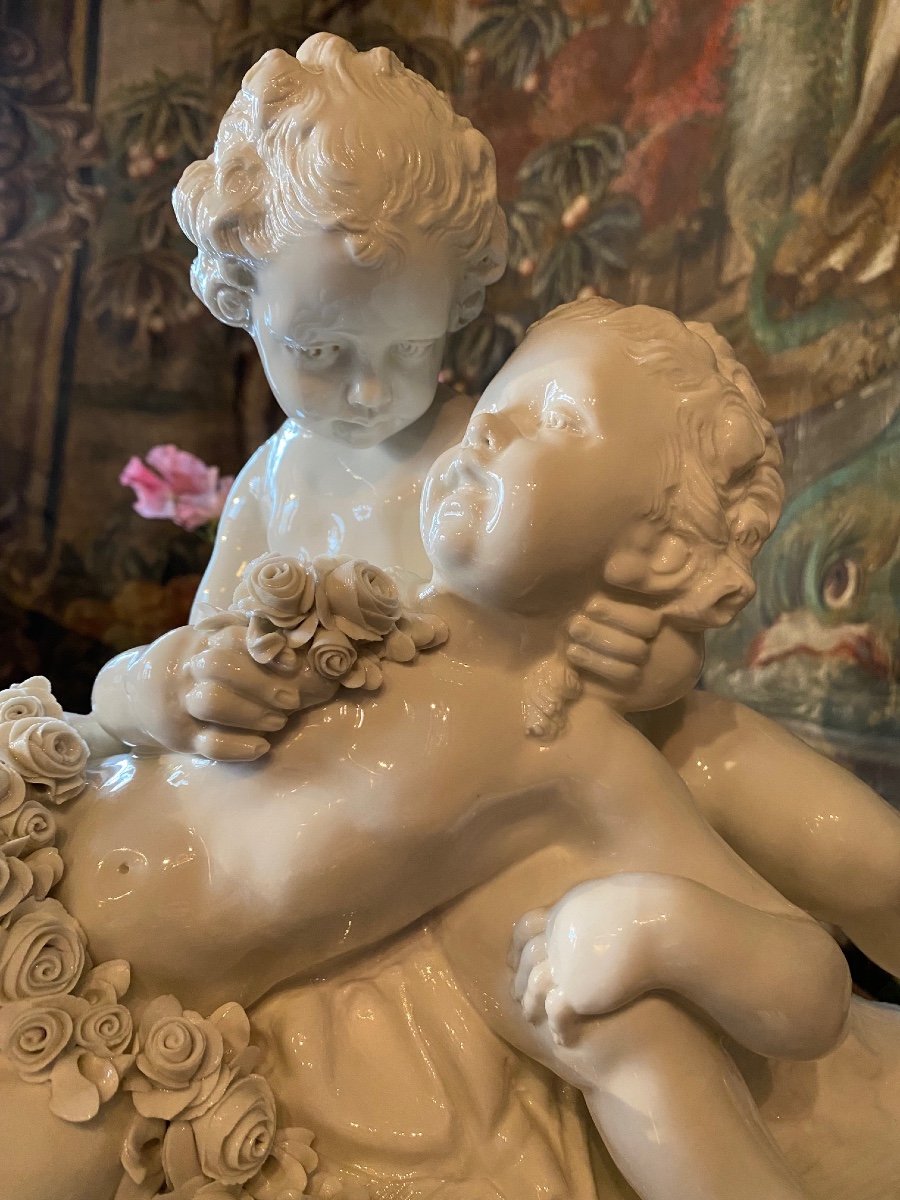














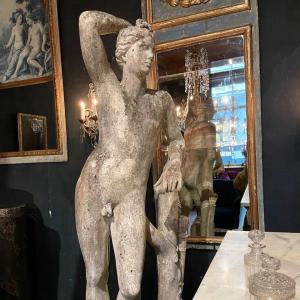



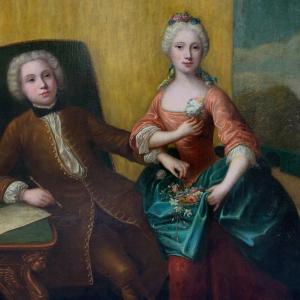
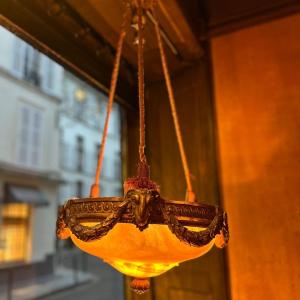


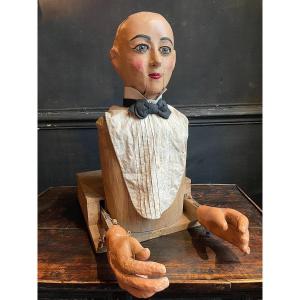
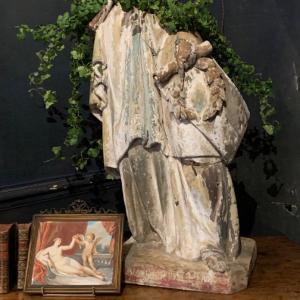





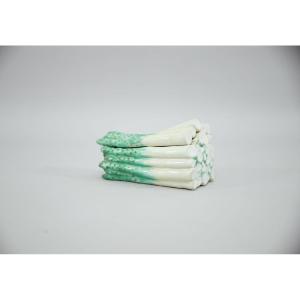







 Le Magazine de PROANTIC
Le Magazine de PROANTIC TRÉSORS Magazine
TRÉSORS Magazine Rivista Artiquariato
Rivista Artiquariato